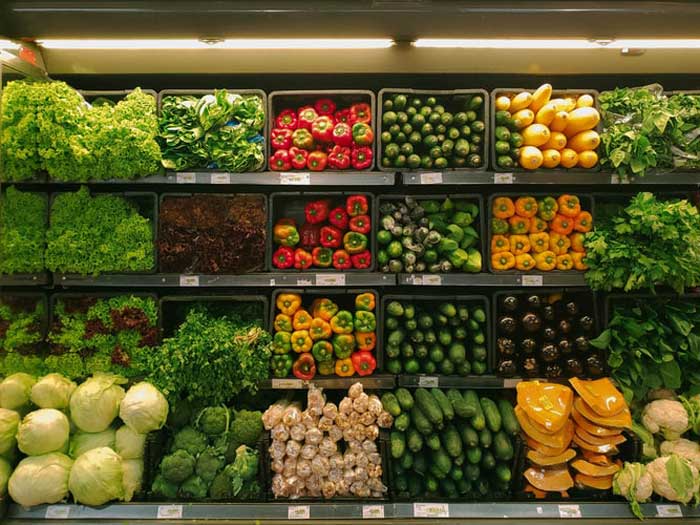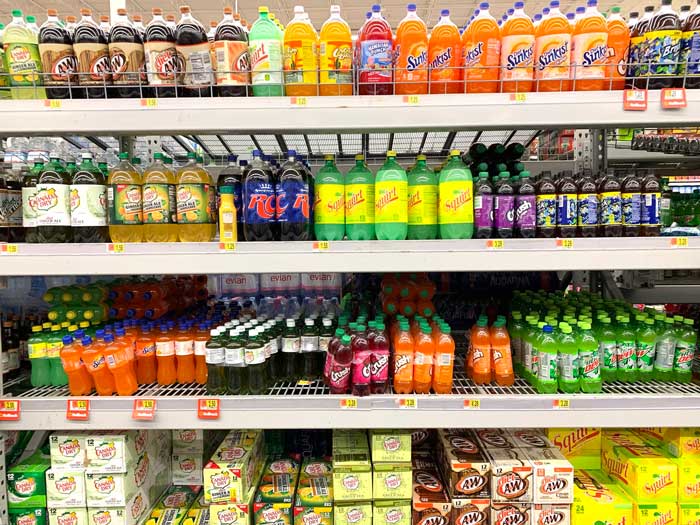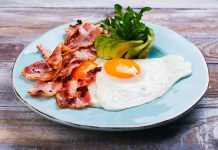As supermarkets are getting inundated with new healthy foods made from whole grains, real and unprocessed ingredients without any additives – and while they are gaining swing, processed-food oriented companies keep trying not to lose ground by snuggling closer to the popular trend.

While the ingredients remain far from what you would call “healthy,” packages are re-designed to appeal to healthy food addicts.
The most common product tag tricks are below, complete with advice on the ways to treat them.
‘All-natural’ sounds just what you want
It’s dead easy to stamp all packages as ‘all-natural’, and food manufacturers understand it perfectly. Nevertheless, the stamp is totally untrue, with the only meaning to deceive. You don’t need to take it at face value.
Baked considered better than fried
Certainly when you are in your kitchen, baking instead of frying will ensure a healthier dish. But with the packaged food you can’t be sure the product was really baked. The general procedure is to put the food on the tray, sprinkle with a lot of cheap vegetable oil and then bake. Such kind of baking is actually not very different from frying.
Once again, ignore the claim and look for the list of ingredients and the nutrition information. If you don’t like what you see, don’t take it home.
Don’t buy because of the stamps on the package front
The package front is given over to the most blatant advertising. When prepared, products are flavored with drops of fruit juice, vitamins, protein which allows manufacturers to splash it loudly in the most conspicuous place of the package and make the product look better than it really is.
All organic food must be good, even junk one
It doesn’t hold water – organic and healthy are two different things. You can have an organic jelly bean and an organic pop tart, but they remain unhealthy snacks nonetheless. The word “organic” looks good on the package, yet underneath there is the customary junk.

Sugar, fat, and salt appear under other names
If the ingredients include fruit juice, it sounds nice, but actually it’s plain sugar. Sodium from garlic will mean the product contains salt. Milk solids are good old fats. With those unaware such ingredients may look good, although they aren’t. They are sources, not names, but the essence is the same.
What you can do is commit these terms to memory and realize that you would be better off without products whose ingredient list begins with them.
“Trans fat free” isn’t always true
Seeing a ‘trans fat free’ stamp, don’t fall for it mindlessly. The FDA allows manufacturers to announce zero trans fat with products that contain fat in the quantity of under half a gram. Consequently, by calculating the content of trans fat so that a portion of the food doesn’t exceed the stipulated half a gram, manufacturers are free to announce it as ‘trans fat free’. To make sure, see if the product is ‘hydrogenated’ – if it is, then it contains trans fats.
What if the product is multi-grain
“Whole grain” and “multi-grain” are not to be confused – the first one is healthy, the second one is often not, indicating that there are various kinds of grain present. You want to have whole grains as the main ingredient.
The ingredient “fruit juice concentrate” indicates unhealthy food
If your product says “fruit-juice concentrate,” it means it’s loaded with sugar. The word “fruit” is grossly misleading – the stuff is processed so much it can no longer boast any fruit benefits. As you consume the food, the stomach will find that fruit juice concentrate is the same as fructose syrup.

You place too much credence on calorie counts
In fact, the quantity of calories the food you eat contains depends on numerous factors. Some of them are how the food was prepared, was it easy or less easy to digest, what bacteria and enzymes are there to participate in digesting.
Fiber in the product can be different
Foods “high in fiber” can be expected to be healthy – if the fiber mentioned is of natural sources, contained in vegetables and whole grains. When fiber is not natural, it might bring about stomach problems, bloating, and passing gas. Indicative may be chicory root, polydextrose, and maltodextrin among the ingredients.










